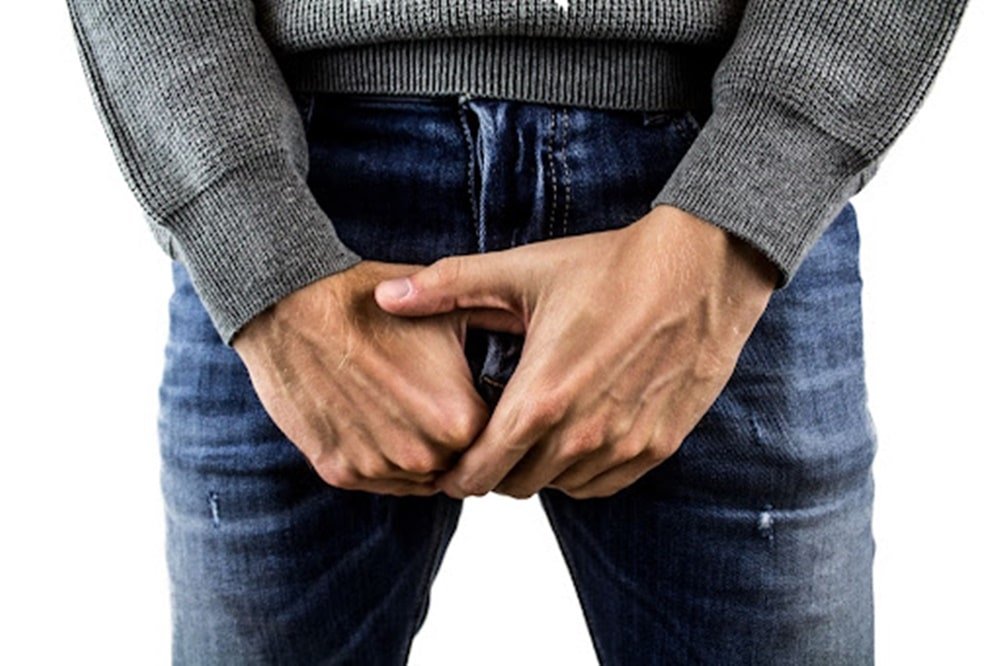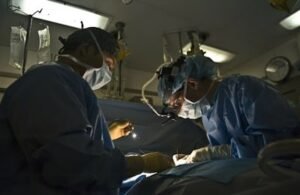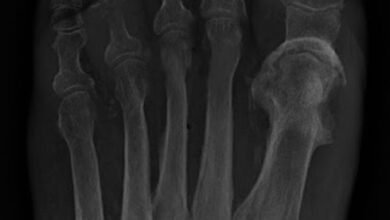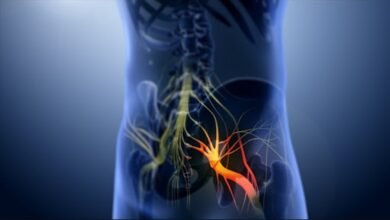
Varicoceles affects many men.
However, if not managed correctly may lead to severe complications, such as infertility.
In this article, we will learn about its causes, methods of diagnosis, and treatment methods.
What are varicoceles?
A varicocele is an enlargement of the scrotal veins.
Varicoceles are a common cause of low sperm production and decreased sperm quality.
Not all varicocele disorders, however, affect sperm production.
They can also cause testicles to shrink or stop developing normally.
Varicoceles develop over time.
Therefore, they are easy to diagnose.
Fortunately, they also may not need treatment.
If varicoceles cause symptoms, they often can be treated surgically.
Varicoceles symptoms
Varicoceles often produce no symptoms, but in some cases, they might cause pain.
Pain characteristics
- Vary from dull to very sharp pain.
- Increase with standing for long periods and physical exertion.
- The pain gets worse throughout the day.
- A noticeable improvement occurs upon lying on the back.
- May lead to impaired fertility.
Varicoceles can enlarge and become more noticeable over time.
It looks then like a bag of worms.
Varicoceles may cause swollen testicles.
They often affect the left testicle because of the anatomical difference between left and right testicles since the left testicle vein forms a sharp angle compared with the right one.
Varicoceles causes
There’s no known reason behind it, but doctors explain some causes as follow:
- ًWhen valves inside the veins impair normal blood flow inside the spermatic cord, the blood backs up, and the veins get wider.
- Swollen lymph nodes near testicles may compress veins. It can lead to sudden swelling of scrotal veins and is often painful.
Diagnosis
The doctor can detect the mass easily since it looks like a bag of worms.
If it can’t be detected easily, the doctor may ask the patient to stand, take a deep breath, hold it in and press downwards during the examination.
The “Valsalva manoeuvre” is the term applied to this technique.
It helps the doctor find any enlarged veins.
The doctor may need extra examination such as:
Scrotal ultrasound
The doctor uses the size of the lump in the testicle to grade varicoceles on a scale from 0-3.
Grade 0
There are no symptoms or noticeable swelling and can be seen only with an ultrasound.
Grade 1
The doctor can diagnose it only by the “Valsalva maneuver.”
Grade 2
The varicocele is invisible by the naked eye, but it becomes palpable during the resting state.
Grade 3
Visible and more tangible during the resting state.
CT Abdomen and pelvis
To ensure the absence of neoplasms that cause pressure on the veins.
Complications
Early treatment is recommended but, if neglected, may lead to:
- Shrinkage of the left testicle (atrophy).
- Infertility if the patient received improper treatment.
- A decreased level of testosterone hormone.
Varicoceles and fertility
Many men with varicoceles are fertile and can have children without treatment.
However, if varicoceles cause pain, testicular atrophy, or infertility, they must be treated.
So, the treatment option is related to the severity of the varicoceles and whether or not they cause infertility.
The purpose of surgery is; blood flow redirection towards normal veins by sealing off the affected veins.
Treatment of varicoceles improves or cures infertility or improves sperm quality.
Varicoceles treatment

There are several treatment options such as:
Varicocelectomy
This surgery takes place under general or local anesthesia.
The surgeon can approach the testicle through an incision in the abdomen or groin.
Varicocelectomy is usually more successful than other types of surgery.
The patient can return to ordinary activities after two days and exert more effort after two weeks, such as exercising.
The pain from this surgery is usually mild, but it can last for several days or weeks.
So, taking pain medications for a limited period after surgery can help.
The doctor may advise the patient not to have sex for some time.
Typically, it takes many months following surgery for sperm quality to increase, as evidenced by a semen analysis.
That is because the formation of new sperms takes about three months.
Laparoscopic surgery
The surgeon makes a small incision, then passes tubes that contain tiny surgical instruments and a camera through it to see varicoceles.
This surgery requires general anesthesia.
Percutaneous embolization
An interventional radiologist performs the embolization procedure.
The goal is to find all veins that lead to varicoceles and block the blood flow towards them.
This procedure is performed under local anesthesia or light sedation through a tiny hole in the groin.
Home treatment
If varicoceles cause a little pain but don’t affect fertility, you can try the following:
- Take over-the-counter painkillers such as acetaminophen (Panadol) or ibuprofen (Brufen).
- Wear an athletic supporter to relieve pressure.
Post-treatment management
Healing after surgery is fast, and pain is often mild.
The patient should avoid exercising for 10 to 14 days and can return to work 5 to 7 days after surgery.
For infertility surgeries, the doctor requests a sperm analysis three to four months after the procedure.
The effect of varicocele repair on fertility isn’t clear, however.
Some studies show fertility improves after treatment, while other studies don’t.
It is also worth noting that semen quality improves in about 6 out of 10 infertile men after treatment.
Varicocele treatment should be considered in conjunction with other infertility treatments.
In teenagers, treatment must start as soon as possible since the main reason is slow testicular growth.
However, normal growth may or may not occur.
In conclusion, varicocele is a disease that affects many men.
So in this article, we got to learn about the causes, methods of diagnosis, and treatment options.



